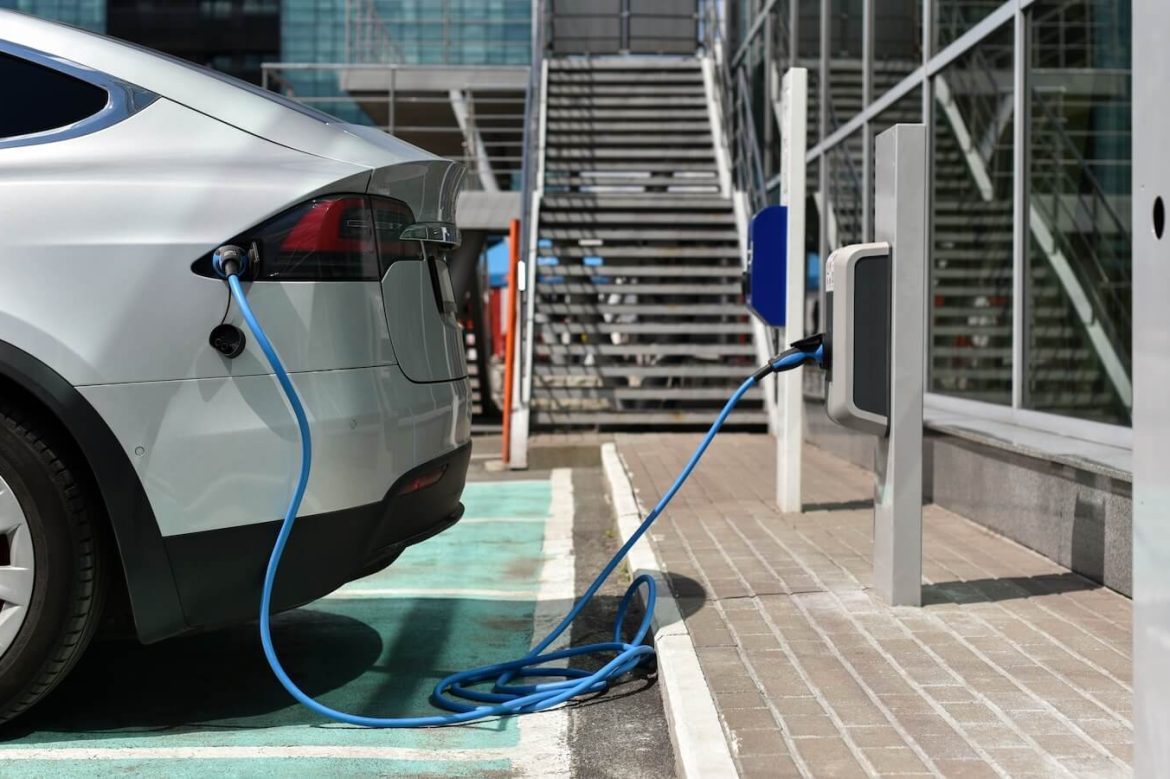Sometimes, a stock’s price can tip the market’s hand leading up to an earnings report. You’ll see a strong rally or decline anywhere from days to months before a company lays bare its books. But when you see a chart pattern that hints at indecision, such as a symmetrical triangle, you’re likely in for a volatile move and a great upset, which can go either bullish or bearish.
Such is the case of Tesla (TSLA) over the last quarter. And as you can see, the market’s judgment favored the bears.
CHART 1: TSLA STOCK BREAKS BELOW SYMMETRICAL TRIANGLE. TSLA missed earnings expectations, which sent the stock price below the symmetrical triangle. Chart source: StockChartsACP. For educational purposes.
Let’s back up, look at the bull and bear case, and take a closer look at the pattern itself, its statistical performance, and, most importantly, how you might have traded it.
The Bull Case
Leading up to Q3 earnings, TSLA appeared to be on a roll. It outperformed its sector, Consumer Discretionary, and the S&P 500 index ($SPX) year-to-date.
TSLA was roughly 37% from its all-time high of $414.50, giving it room for growth. It’s the most profitable manufacturer in the EV space, and a lot of hope was riding on the company’s emerging Cybertruck production. So was the planned launch of its robo-taxi service in late 2024.
Much was riding on TSLA’s guidance as much as its earnings and revenue numbers.
The Bear Case
The bears’ case against TSLA’s Q3 performance was simple. Demand for big-ticket items slowed in Q3 amid a high inflation environment. Input cost compressed the company’s margins, especially in the midst of its expansion plans. Plus, TSLA is facing increased competition in the EV space. Most importantly, TSLA’s stock price, some argued, was still trading at a premium relative to other automakers. Overbought? Not technically, but fundamentally so, apparently.
TSLA’s Symmetrical Triangle Formation: A 34% Rise or 12% Fall?
TSLA may have outperformed its sector and the broader market before its earnings report, but that changed quickly after the stock price fell (see relative strength against Consumer Discretionary Select Sector SPDR (XLY) and $SPX in the chart below). The Death Cross further muddied the waters. This is where you have to look more closely at the pattern itself.
CHART 2: TSLA PERFORMANCE AGAINST S&P 500 AND XLY. Falling relative strength and the death cross are bearish signals. Chart source: StockChartsACP. For educational purposes.Symmetrical triangles or “coil” patterns are poor performers (according to Thomas Bulkowski’s Encyclopedia of Chart Patterns). They indicate a consolidation phase. They can go either direction despite being considered “continuation patterns.” (Toss a coin, anyone?).
Their value, however, is that they provide a clear setup for bulls and bears. According to Bulkowski, symmetrical triangles result in the following:
On average, symmetrical triangles rise 34% when they break upward and fall 12% when they break downward.Their success rate in reaching an upward target (using the formation height) is 58% on the upside but only 36% on the downside.BUT, symmetrical triangles also tend to reverse after a breakout 62% to 65% of the time, meaning you have to be flexible when trading this pattern.
How To Trade TSLA’s Symmetrical Triangle
Depending on whether you were leaning bullish or bearish, you could use Bulkowski’s historical average performance to set your targets: 34% to the upside or 12% to the downside.
CHART 3: CALCULATING TSLA’S PRICE TARGET BASED ON MEASURED MOVE. According to the measured move of the symmetrical triangle, TSLA stock can fall as low as $163. Chart source: StockChartsACP. For educational purposes.
Using statistical averages:
A bullish trader might have calculated 34% of the breakout price, projecting it above the current level. Obviously, that did not pan out, as TSLA broke down.On the bear side, the breakdown took place at $250. The target, 12% below that price, would have given you a target of $220. It’s a good idea to place a stop loss just above the breakdown level.
Using a measured approach:
To find the measure, first calculate the pattern’s height by subtracting the lowest point from the highest point of the triangle (299.30 – 212.35). This gives you a height of 86.95.If the price breakout is upward, then you would add the height (86.95) to the price level of the breakout. Since no upward breakout took place, there’s no target. However, the above graph includes where the upside target range might have been if TSLA had broken out toward the upside (red dashed line).Since TSLA broke downward at $250, you subtract $86.95 to project a downside target of $163.05 (rounded to $163.00). As you can see, it greatly differs from using the average decline target of 12% (which was reached).
The Bottom Line
Tesla (TSLA) showcased an uncertain path leading up to its Q3 earnings. While the bullish outlook centered on its year-to-date performance, potential growth space, and dominance in the EV industry, the bearish perspective flagged concerns about the slowing demand in the face of inflation, compressed margins amidst expansion, and increasing competition.
The symmetrical triangle pattern, known for its unpredictable behavior, further muddied the waters. However, this pattern offers clear setups for optimistic and skeptical investors. The aftermath witnessed a bearish descent for TSLA, reflecting the market’s ultimate judgment and underscoring the importance of flexibility when trading in such patterns.
Disclaimer: This blog is for educational purposes only and should not be construed as financial advice. The ideas and strategies should never be used without first assessing your own personal and financial situation, or without consulting a financial professional.

